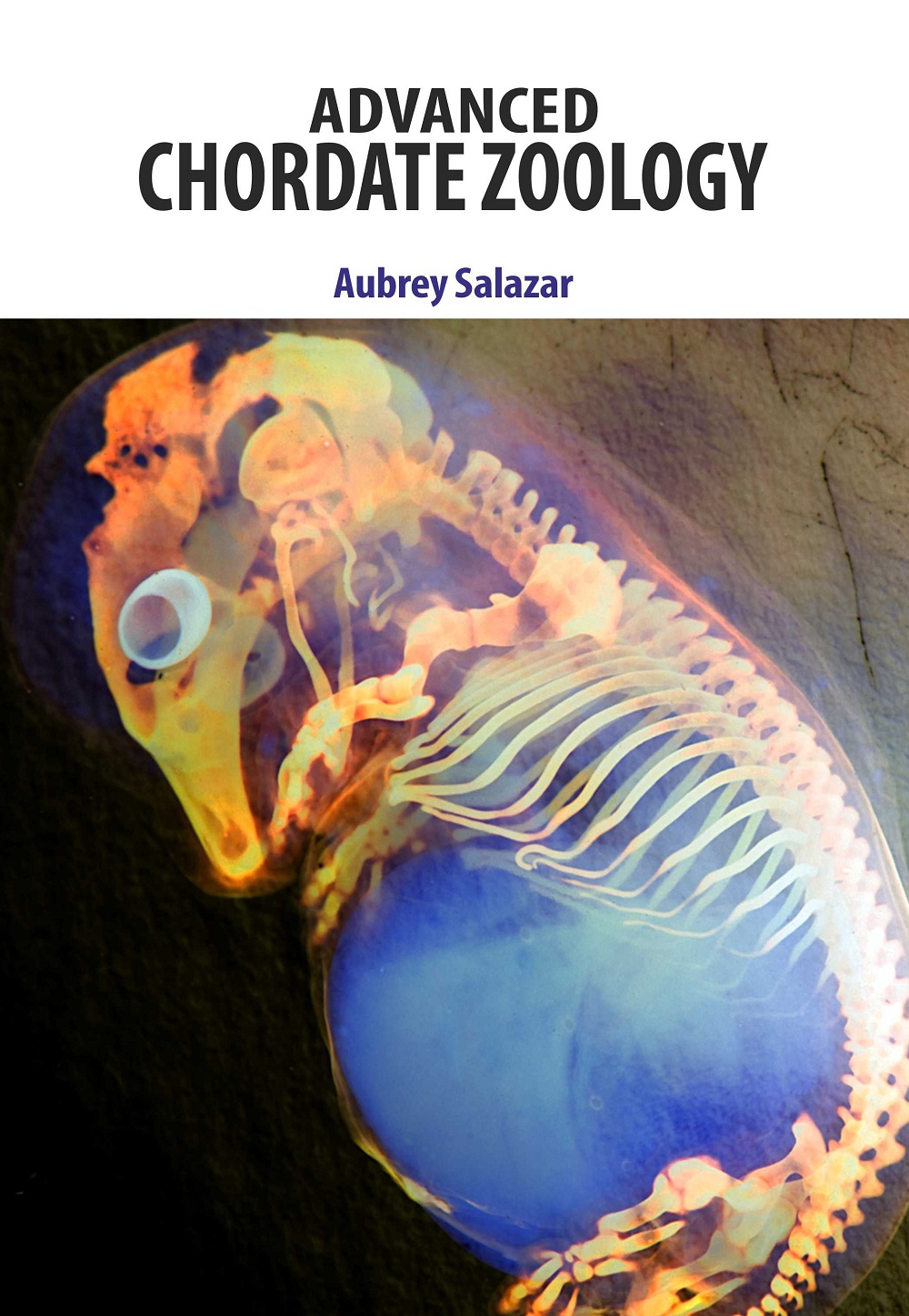Advanced Chordate Zoology Aubrey Salazar
- ISBN: 9781788821261
- Edition: 1st
- ©Year: 2020
- List Price : 155
About the Book
The origin and evolution of chordates is one of the most mysterious and interesting phenomena in evolutionary development science. Chordates are creatures characterized by possession of a notochord and pharyngeal gill openings. They comprise of three taxa: cephalochordates, urochordates (or tunicates), and vertebrates. Chordates belong to a supraphyletic gathering of deuterostomes, together with echinoderms and hemichordates, and are thought to have been derived from the regular ancestors of deuterostomes. Vertebrates evoloved by developing a body design with the greatest complexity among metazoans. Amid the 1980s, a new wave of molecular developmental science revealed that genes encoding interpretation factors and flag pathway molecules assume critical roles in the differentiation of embryonic cells, arrangement of organs and tissues, and morphogenesis for development of metazoan body designs. Presently, another wave of evolutionary developmental science studies revealed that metazoans from cnidarians to vertebrates, despite their diverse morphologies, utilize a very comparable set of interpretation factors and flag pathway molecules for body development: these genes are sometimes collectively called a genetictoolbox.
Contents: 1. Phylum Chordate, 2. Genome, 3. Balanoglossus, 4. Molecular Phylogeny, 5. Vertebrates, 6. Cyclostomata, 7. Deuterostome, 8. Chondrichthyes, 9. Class Amphibia, 10. Class Reptilia, 11. Class Mammalia.
Aubrey Salazar is Professor of Biology at Manchester, where he has been teaching and doing research for a long time. He obtained his Bachelor in Zoology and his Ph.D. in Biological Oceanography. He chairs the Division of Invertebrate Zoology within the Society for Comparative and Integrative Biology, formerly the European Society of Zoologists. He has published over 50 papers on the development and metamorphosis of marine invertebrate animals, including snails, blue mussels, crabs, barnacles, polychaetes. His research is with arthropods, the largest group of invertebrates. He contributes a current perspective on this large group, including many changes in species classification based on molecular evolutionary research.

